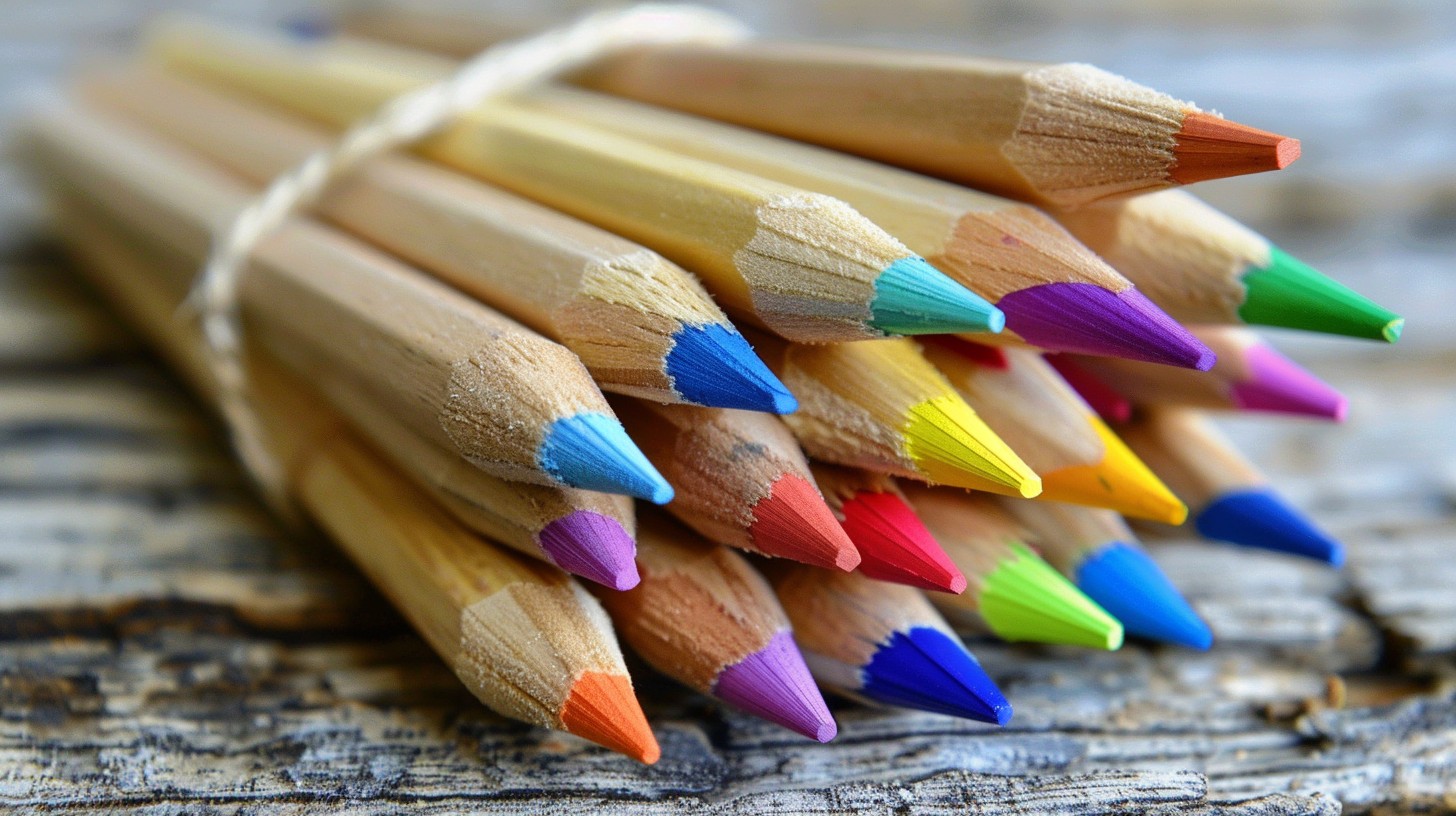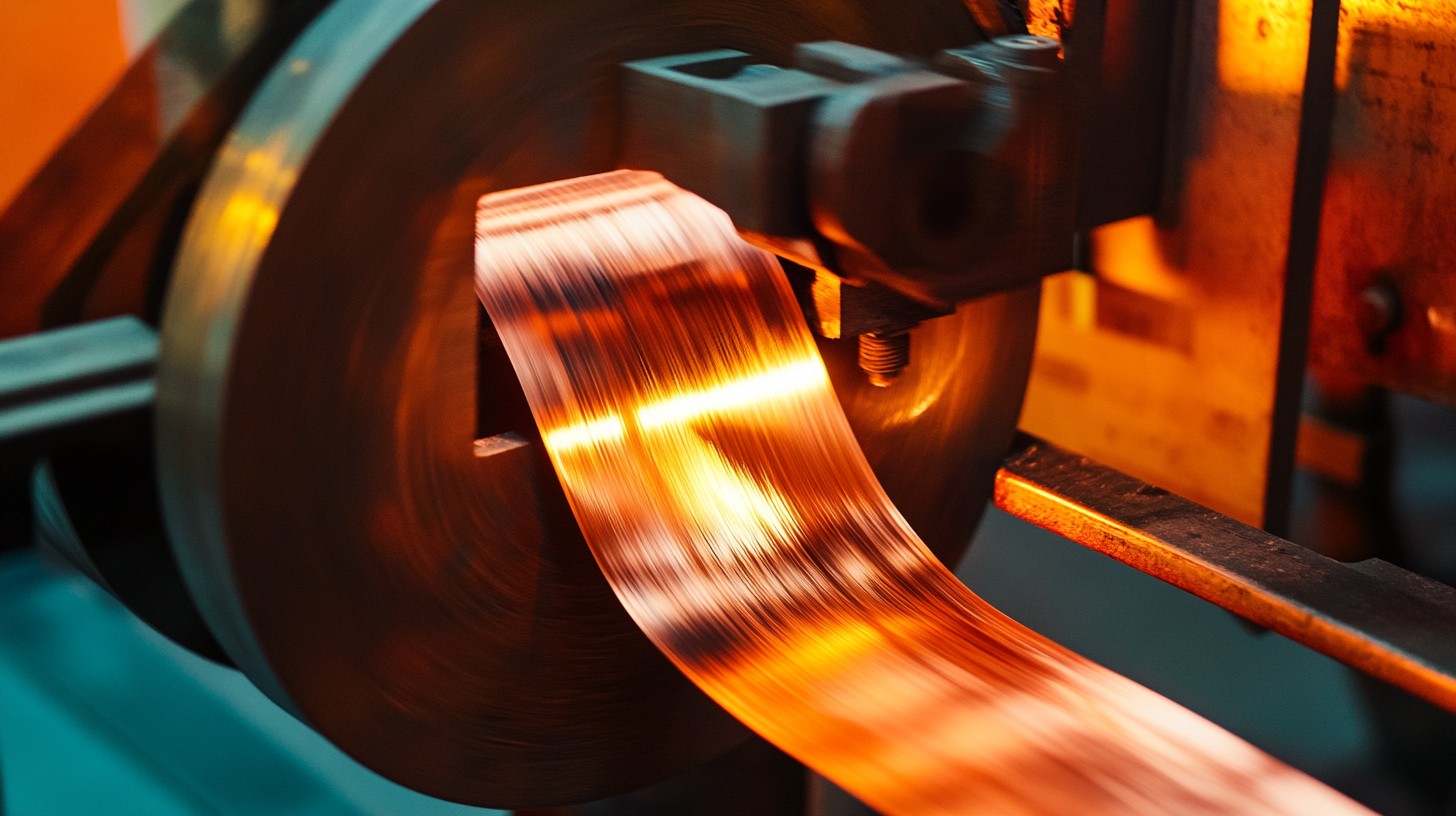
हिंदी में पढ़ने के लिए मेनू बार से हिंदी भाषा चयन करें।
Have you ever pondered the journey of the humble pencil, lying quietly on your desk? This seemingly simple tool, an indispensable part of education and art, is the result of a sophisticated process and a robust global industry worth billions. But in an era dominated by digital devices, the question arises: can the pencil industry sustain its relevance, and is it a viable investment avenue?
Let us unravel the remarkable story of the pencil, delving into its origins, manufacturing, global demand and supply, market dynamics, key players, and its future potential.
Origins and Significance
The pencil’s story began in the 16th century with the discovery of graphite in England. Early pencils were primitive, but over centuries, they evolved into the precise instruments we use today. Their significance spans education, art, and technical fields, where they serve as tools for creativity and communication.
Uses of Pencils and Their Importance
1. Pencil Usage in Education
Pencils are the backbone of the education sector, widely used by students for writing, drawing, and solving problems. From classrooms to home study sessions, their erasable nature makes them ideal for learning and corrections. Teachers also use pencils for grading, preparing outlines, and writing temporary notes. As an affordable and durable tool, pencils are a staple in schools worldwide.
2. Art and Creative Design
Artists and designers heavily depend on pencils for sketching, shading, and detailing. Graphite pencils help create monochromatic art, while colored pencils bring vibrant creativity to life. Their versatility allows designers to draft initial ideas and create intricate designs. Specialized pencils like mechanical and charcoal pencils add to the diversity, meeting varied artistic needs.
3. Engineering and Architecture
Engineers and architects use pencils for precision drawings, measurements, and prototype sketches. Drafting pencils, known for their sharp tips and consistent lines, are integral to blueprint creation. Pencils allow easy modifications, crucial for the iterative nature of designing and planning in these technical fields.
4. Office and Business Use
Pencils are indispensable in offices for drafting proposals, taking quick notes, and brainstorming ideas. Their erasable quality makes them practical for temporary documentation and editing. From clerks to executives, pencils contribute to smooth workflow by supporting dynamic and flexible writing needs.
5. Scientific Research and Fieldwork
Researchers and fieldworkers prefer pencils for documenting observations, sketching diagrams, and making notes. They are especially valued in outdoor environments where pens might fail due to extreme temperatures or wet conditions. Surveyors use pencils to mark maps and record data accurately.
6. Handicrafts and DIY Projects
Crafters and hobbyists use pencils for measurements, outlines, and detailed markings. Their control and precision help artisans achieve perfect cuts, folds, and designs. In handicrafts, pencils are the go-to tool for creating templates and preliminary sketches, ensuring high-quality output.
7. Sports and Event Management
In sports, pencils play a key role in scorekeeping, strategy planning, and marking plays. Coaches use them to draft tactics, while event managers use them for planning schedules and seating arrangements. Their flexibility and ease of use make them a practical choice in dynamic environments.
How Pencils Are Made
Raw Materials
- Graphite: The core material is mined primarily in countries like China, Brazil, and India.
- Wood: Sustainable forests provide high-quality cedarwood, widely used for pencil casings.
- Clay and Wax: These bind graphite and give it different hardness levels (e.g., HB, 2B).
Manufacturing Process
- Graphite Processing: The powdered graphite is mixed with clay and heated to form rods.
- Wood Casing Preparation: Wooden slats are carved into grooves to house the graphite rods.
- Assembly: Graphite rods are sandwiched between two slats, glued, and pressed together.
- Shaping and Painting: The pencils are cut, shaped, painted, and stamped with branding.
- Finishing Touches: Erasers are attached, and pencils undergo quality checks before packaging.
This meticulous process ensures durability, quality, and consistency.
Global Demand and Supply
Demand
- Education: Schools worldwide rely on pencils as an affordable writing tool.
- Art: Artists favor specialized pencils for sketching and shading.
- Technology Integration: Smart pencils have opened new markets, combining tradition with innovation.
Supply
- China: The largest producer, supplying affordable pencils globally.
- India: A major contributor to the domestic market and exporter to neighboring countries.
- Germany: Known for premium quality, catering to niche markets.
Market Capitalization and Leading Players
The global pencil market was valued at approximately $2.3 billion in 2022 and is projected to grow at a CAGR of 3.5%, reaching around $3 billion by 2030.
Key Players
- Faber-Castell: A leader in sustainable and luxury pencils.
- Staedtler: Renowned for technical and artistic pencil ranges.
- Hindustan Pencils (Nataraj and Apsara): Dominates the Indian market.
- General Pencil Company: A significant U.S. manufacturer specializing in artists’ pencils.
Future of the Pencil Industry
Despite the digital shift, pencils continue to hold a strong position due to sustainability, affordability, and technological adaptation. Here’s what lies ahead:
- Sustainability Focus: Eco-friendly pencils and biodegradable packaging resonate with environmentally conscious consumers.
- Innovation: Smart pencils like Apple Pencil and styluses redefine the traditional pencil market.
- Emerging Markets: Growing educational demand in countries like India and Indonesia boosts sales.
- Art and Craft Renaissance: The rise of hobbies like sketching and calligraphy sustains specialized pencil demand.
Should You Invest in Pencil Companies?
Investing in the pencil industry can be promising for long-term investors focused on stable growth. Indian brands like Hindustan Pencils (Nataraj, Apsara) and Camlin are well-positioned for domestic and international markets. Their continuous innovations, combined with robust market strategies, make them attractive options.
Conclusion
The pencil, once a modest writing instrument, has evolved into a versatile product reflecting innovation and sustainability. Its global journey showcases resilience in an ever-changing market. Whether you’re an enthusiast, a business analyst, or a potential investor, the pencil industry offers insights into how even the simplest objects can drive economic and creative growth.
So, what do you think? Could this “ordinary” tool become an extraordinary investment opportunity? The future holds the answer.




































































